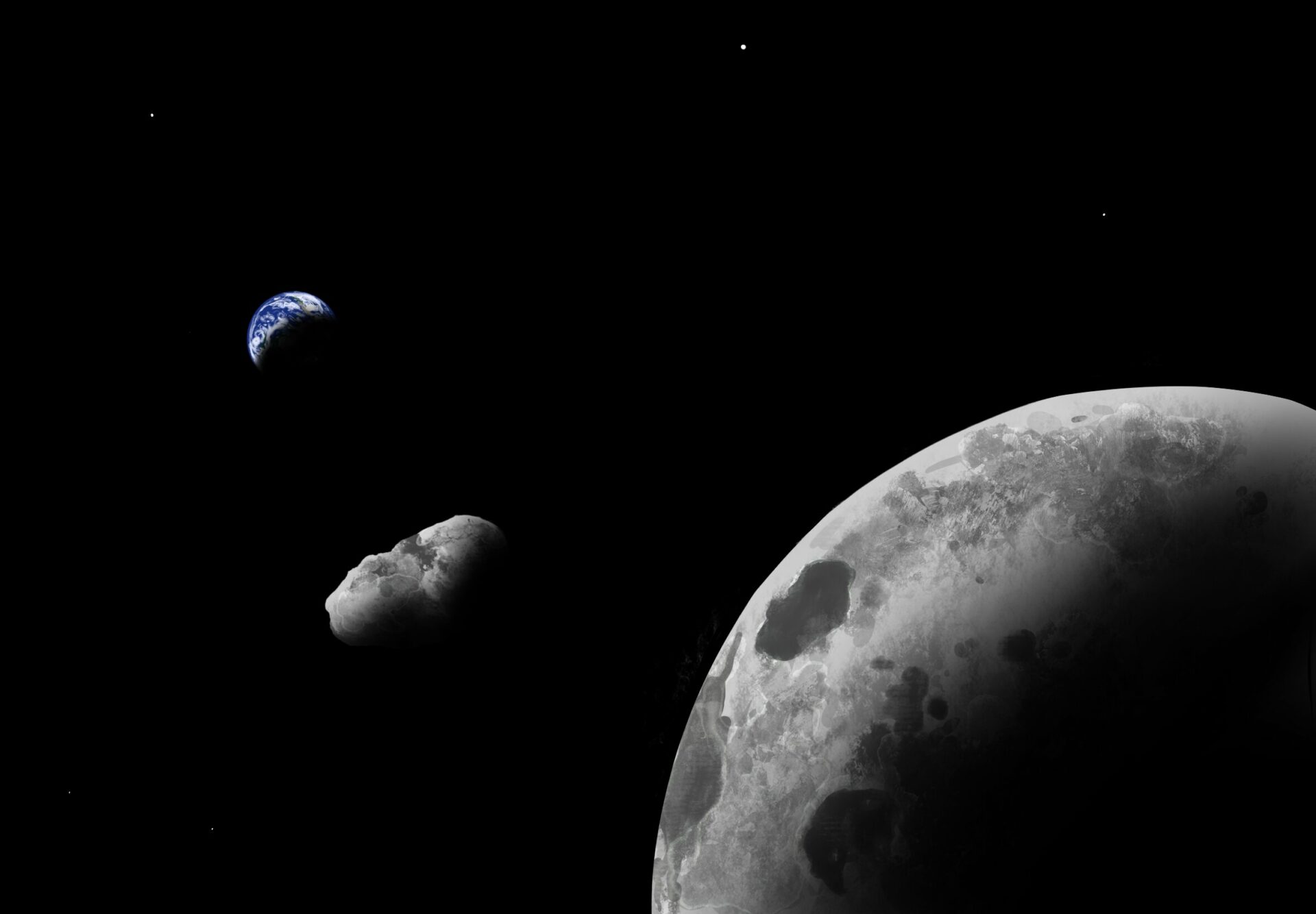Object 2024 JV8, which was considered a temporary moon of the Earth, surprised astronomers. The investigation revealed that in reality it represents the second stage of a SpaceX rocket.
Deceptive appearance
2024 JV8 was discovered on May 8, 2024, and classified as an asteroid. After analyzing its trajectory, astrophysicist and journalist Adrien Coffinet came to the conclusion that it was a temporary moon of the Earth.
Earth has a 2nd moon. Newly-discovered asteroid 2024 JV8 has likely been orbiting the Earth for a few years, and will continue to do so for several more months. TY to @AdrienCoffinet for noticing this object's unique path. GIF: https://t.co/z2pRFgknzA pic.twitter.com/cdFpMtqnHo
— Tony Dunn (@tony873004) May 10, 2024
However, it soon became clear that Coffinet was mistaken. After analyzing the orbit of the object, the participants of the monitoring group of minor planets came to the conclusion that it was not a second moon. In fact, the object was the upper stage of the Falcon 9 rocket, which was used to launch the Odysseus probe in February 2024.
Curiously, due to the incorrect classification of the rocket as an asteroid, NASA’s Sentinel monitoring system even managed to calculate the probability of its collision with Earth in the future. According to available data, it is one in twenty-nine.
What are quasi-moons?
Temporary moons (or quasi-moons) are objects that are in 1:1 orbital resonance with the planet. This allows them to stay close to it for many orbital periods.

Today, astronomers know about the existence of seven quasi-moons of the Earth. The most famous of them is the asteroid Kamoalev, presumably a fragment knocked out from the surface of the Moon during the fall of a large asteroid (according to one version, we are talking about a collision that gave rise to the Bruno crater). It is the main target of the Chinese Tianwen-2 mission, scheduled to launch in 2025. Tianwen-2 will have to take a sample of Kamoalev’s soil, after which it will be returned to Earth.
According to https://wccftech.com
Follow us on Twitter to get the most interesting space news in time
https://twitter.com/ust_magazine


